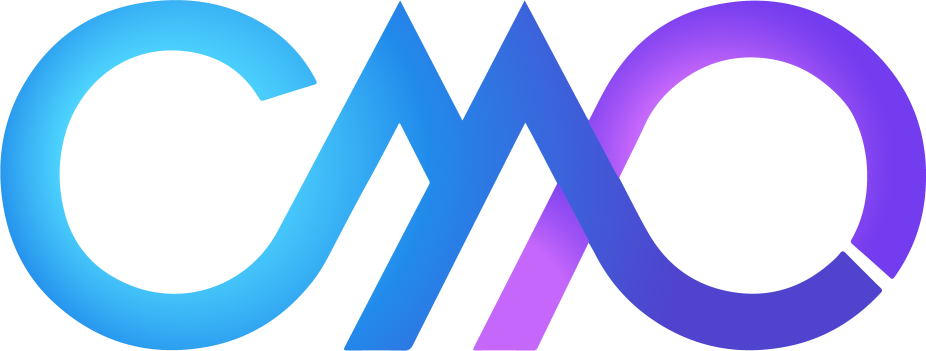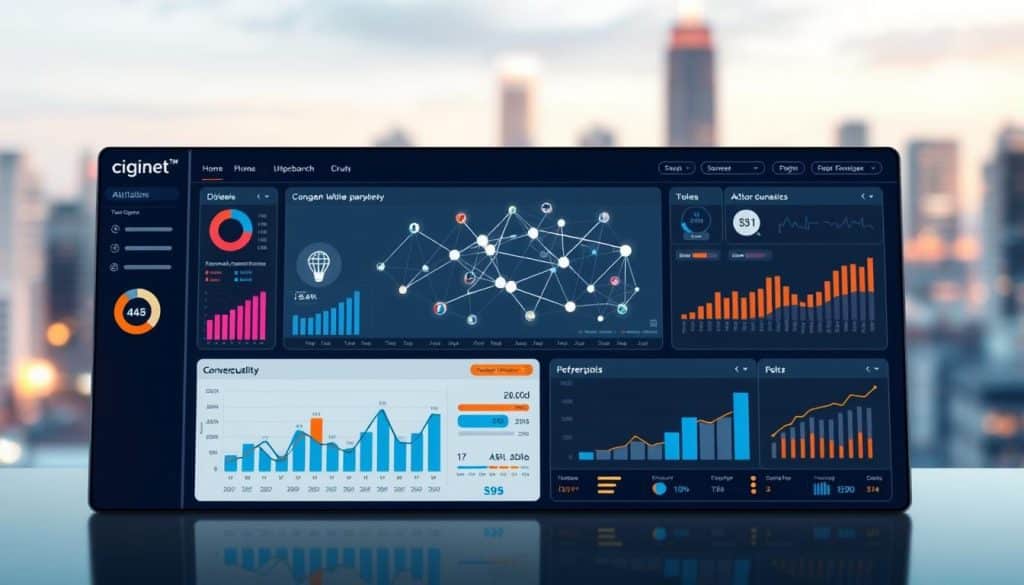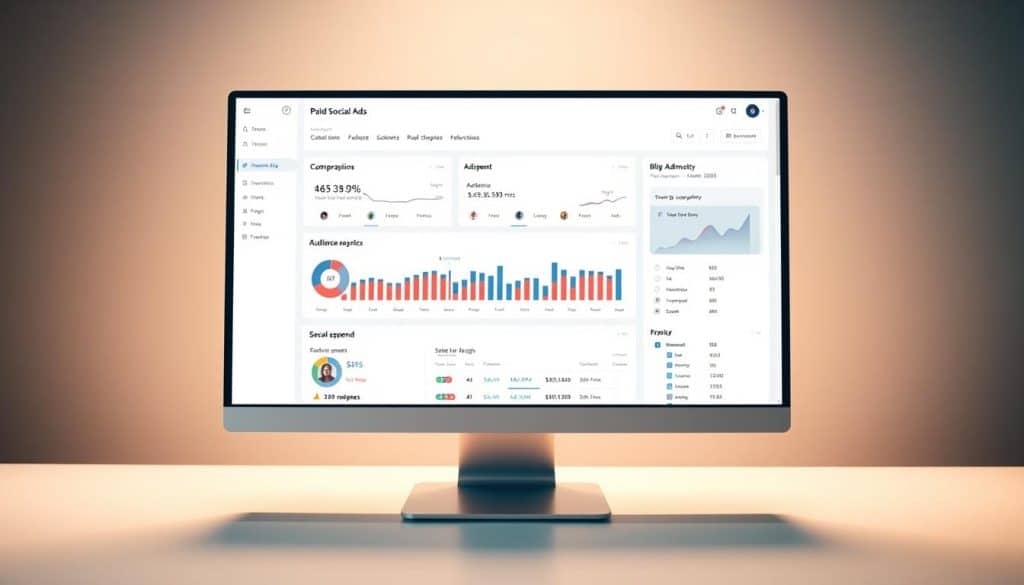Did you know that 63% of businesses waste over $1,000 monthly on inefficient Google Ads campaigns? This staggering reality hits Canadian companies particularly hard as competition intensifies across digital marketing channels.
We understand that managing cost-per-click in your campaigns can feel overwhelming. Rising CPCs drain budgets without delivering proportional returns. Every click matters when budgets are tight and competition is fierce.
The key to success lies in understanding that CPC isn’t just a number. It reflects how well your ppc campaigns align with Google’s quality standards and user intent. Through our experience working with diverse clients across Canada, we’ve discovered proven methodologies that deliver measurable results.
This comprehensive guide will transform how you approach cost-per-click optimization. We’ll walk you through fundamental principles that govern CPC pricing, from Quality Score mechanics to bidding strategies, ensuring you make informed decisions that positively impact your bottom line in paid advertising.
Key Takeaways
- High CPC directly impacts your advertising budget and reduces overall campaign ROI
- Quality Score optimization is the most effective way to lower cost-per-click rates
- Strategic keyword selection and negative keyword lists prevent budget waste
- Ad relevance and landing page experience significantly influence CPC pricing
- Regular campaign monitoring and bid adjustments maximize digital marketing efficiency
- Competitor analysis helps identify cost-effective bidding opportunities
Essential CPC Optimization Fundamentals
Effective CPC management depends on balancing quality metrics, strategic bidding approaches, and precise keyword selection. We believe that sustainable cost reduction comes from understanding how these elements work together to influence your campaign performance. When we help Canadian businesses reduce cpc, we focus on building strong foundations that deliver long-term results.
The interconnected nature of google ads optimization means that improvements in one area often amplify benefits across your entire campaign. Our approach emphasizes practical strategies that you can implement immediately while building expertise for advanced techniques.
Understanding Quality Score and Its Impact on CPC
Quality Score serves as Google’s assessment tool for measuring how well your ads, keywords, and landing pages work together. This rating directly influences both your ad position and the amount you pay per click. Higher Quality Scores lead to lower costs and better ad placement, making this metric crucial for successful google ads campaigns.
Ad Relevance Factors
Your ad copy must closely match the searcher’s intent and your chosen keywords. We ensure that headlines and descriptions directly address what users are looking for. Relevance signals to Google that your ad provides value, which improves your overall score.
Landing Page Experience Requirements
Your landing page must deliver on the promises made in your ad copy. Fast loading times, mobile optimization, and clear navigation all contribute to better user experience. Google rewards pages that keep visitors engaged and satisfied.
Expected Click-Through Rate Optimization
This component predicts how likely users are to click your ad based on historical performance. Compelling ad copy and strategic keyword selection help improve this metric over time. We focus on creating ads that naturally attract clicks from qualified prospects.
Smart Bidding Strategies to Control Costs
Modern bidding strategies combine automated optimization with strategic control to help you reduce cpc effectively. We recommend approaches that balance machine learning capabilities with your business objectives. The right bidding strategy can significantly impact your campaign profitability.
Target CPA vs Manual CPC Bidding
Target CPA bidding automatically adjusts bids to achieve your desired cost per acquisition. Manual CPC gives you complete control over individual keyword bids. We often start with manual bidding to establish baseline performance before transitioning to automated strategies.
Enhanced CPC for Better Control
Enhanced CPC provides a middle ground between full automation and manual control. This strategy allows Google to adjust your bids up or down based on conversion likelihood. You maintain maximum bid limits while benefiting from algorithmic optimization.
Dayparting and Location-Based Adjustments
Strategic scheduling and geographic targeting help focus your budget on high-converting opportunities. We analyze performance data to identify optimal times and locations for your ads. These adjustments often lead to immediate cost savings and improved conversion rates.
Keyword Research and Match Type Optimization
Effective keyword selection forms the foundation of successful google ads optimization efforts. We focus on finding the right balance between search volume, competition, and user intent. Strategic keyword choices directly impact your ability to reduce cpc while maintaining quality traffic.
Long-Tail Keyword Targeting
Long-tail keywords typically face less competition and attract users with higher purchase intent. These specific phrases often cost less per click while delivering better conversion rates. We prioritize keywords with four or more words for cost-effective targeting.
Negative Keywords Implementation
Negative keywords prevent your ads from showing for irrelevant searches. This strategy helps improve your click-through rates and reduces wasted spend. Regular negative keyword audits ensure your campaigns stay focused on qualified prospects.
Exact Match vs Phrase Match Strategies
Different match types offer varying levels of control and reach for your bidding strategies. Exact match provides precise targeting with predictable costs. Phrase match allows for broader reach while maintaining relevance to your core keywords.
Advanced Paid Advertising Techniques for CPC Reduction
Beyond basic optimization lies a realm of advanced techniques that transform ordinary campaigns into cost-efficient conversion machines. We implement sophisticated strategies that create synergistic effects across multiple campaign elements. These methods require deeper understanding but deliver exceptional results for Canadian businesses.
Ad Extensions and Enhanced Visibility
Ad extensions represent one of the most underutilized opportunities for improving campaign performance while reducing costs. These additional information pieces enhance your ad’s real estate without increasing bid amounts. We consistently observe improved click-through rates when clients implement comprehensive extension strategies.

Sitelink extensions provide direct navigation to specific pages, increasing user engagement. They occupy additional space on search results pages, making your ads more prominent. Strategic sitelink placement can boost click-through rates by 15-20%.
Callout and Structured Snippet Benefits
Callout extensions highlight unique selling propositions without additional costs. Structured snippets showcase specific product categories or service types. Both extensions improve ad relevance and Quality Score metrics.
Location and Call Extensions
Location extensions connect local searchers with physical businesses effectively. Call extensions enable direct phone contact from search results. These extensions particularly benefit service-based businesses in Canadian markets.
A/B Testing and Ad Copy Optimization
Systematic a/b testing goes beyond simple headline variations to include comprehensive performance analysis. We recommend continuous testing cycles where winning ads become new control groups. Never settle for current performance levels, even when results appear satisfactory.
Testing Headlines and Descriptions
Headline testing focuses on value propositions and keyword variations. Description testing examines different benefit statements and calls-to-action. Regular testing cycles ensure constant improvement in campaign metrics.
Emotional Triggers and Call-to-Action Testing
Emotional triggers tap into user motivations and decision-making processes. Call-to-action testing determines which phrases drive highest conversion rates. Psychological elements significantly impact campaign performance when properly implemented.
Responsive Search Ads Best Practices
Responsive search ads automatically test multiple headline and description combinations. They adapt to user queries and device types dynamically. Proper setup requires diverse assets that maintain message consistency.
Target Audience Refinement and Demographics
Precision targeting ensures ads reach users most likely to convert naturally. Enhanced audience targeting capabilities combine demographic data with behavioral insights. This approach improves relevance scores while reducing overall cost-per-click.
Audience Segmentation Strategies
Comprehensive segmentation strategies utilize multiple data points for precise targeting. We develop custom segments based on user behavior and purchase intent signals. Effective segmentation reduces wasted ad spend significantly.
Remarketing Lists for Search Ads
Remarketing lists enable bid adjustments based on previous website interactions. They target users who already demonstrated interest in your products or services. This strategy typically achieves higher conversion rates at lower costs.
Custom Intent Audiences
Custom intent audiences target users based on recent search behavior and content consumption. They identify potential customers actively researching your industry. This advanced targeting method delivers highly qualified traffic efficiently.
| Extension Type | CTR Improvement | Quality Score Impact | Implementation Difficulty |
|---|---|---|---|
| Sitelink Extensions | 15-20% | High | Easy |
| Callout Extensions | 8-12% | Medium | Easy |
| Location Extensions | 10-15% | High | Medium |
| Call Extensions | 6-10% | Medium | Easy |
Mastering CPC Optimization for Long-Term Success
We’ve guided you through a comprehensive journey of CPC optimization strategies that extend far beyond basic bid adjustments. The transformation of your paid advertising campaigns requires consistent application of these principles, whether you’re managing Google Ads, facebook ads, or broader social media advertising initiatives.
Our experience shows that businesses achieving the best return on ad spend focus on precision rather than volume. They target specific audiences with highly relevant messaging that resonates with their needs and intentions. These paid ads tips represent proven methodologies we’ve refined through countless campaigns across diverse industries.
The key to sustainable CPC reduction lies in understanding that every campaign element works together. From keyword selection and match types to ad copy and landing page experience, each component influences your overall performance. We encourage you to implement these strategies systematically, starting with foundational Quality Score optimization.
Successful campaign optimization is an iterative process requiring continuous monitoring, testing, and refinement. The digital advertising landscape continues evolving, but core principles remain constant. Relevance, quality, and strategic thinking will always triumph over brute-force bidding approaches.
By focusing on delivering genuine value to your target audience while maintaining rigorous campaign hygiene through negative keyword management and audience refinement, you’ll achieve not only lower CPCs but improved overall campaign performance and business growth. Your social media advertising success starts with these foundational strategies.
FAQ
What is the most effective way to improve Quality Score and reduce CPC in Google Ads?
We focus on three core components that directly impact Quality Score: ad relevance, landing page experience, and expected click-through rate. By ensuring your ad copy closely matches your target keywords, creating landing pages that provide genuine value and fast loading times, and writing compelling ads that encourage clicks, you can significantly improve your Quality Score. This improvement directly translates to lower cost-per-click rates and better ad positions in Google Ads campaigns.
Which bidding strategies work best for controlling costs in PPC campaigns?
We recommend starting with manual CPC bidding for maximum control over individual keyword bids, especially when you’re learning what works for your campaigns. Enhanced CPC provides an excellent middle ground that leverages Google’s machine learning while maintaining your input on maximum bid amounts. For more advanced campaigns, strategic dayparting and location-based bid adjustments can significantly improve performance by focusing your budget on high-converting time periods and geographical areas that deliver the best return on ad spend.
How do long-tail keywords help reduce CPC while maintaining conversion quality?
Long-tail keywords represent one of the most effective methods for achieving lower CPCs because they typically face less competition in the auction. These longer, more specific phrases attract users with higher purchase intent, creating a win-win scenario for cost-conscious advertisers. We’ve seen that while long-tail keywords may have lower search volumes, they often deliver better conversion rates and significantly lower cost-per-click, making them essential for sustainable paid advertising growth.
What role do ad extensions play in reducing cost-per-click?
Ad extensions represent one of the most underutilized opportunities for improving campaign performance while reducing costs. These additional elements—whether sitelinks, callouts, or location extensions—enhance your ad’s real estate on the search results page without increasing your bid amounts. We consistently see improved click-through rates when clients implement comprehensive extension strategies, leading to better Quality Scores and naturally lower CPCs through increased ad relevance and visibility.
How important is A/B testing for CPC optimization in digital marketing campaigns?
A/B testing is crucial for continuous CPC improvement and should go beyond simple headline variations to include systematic testing of emotional triggers, call-to-action phrases, and ad formats. We recommend continuous testing cycles where winning ads become the new control, ensuring constant improvement in performance metrics. The key is never settling for current performance levels, as even small improvements in click-through rates can lead to significant reductions in cost-per-click over time.
What advanced audience targeting techniques help reduce CPC in Facebook Ads and social media advertising?
We help clients develop comprehensive audience segmentation strategies that combine demographic data with behavioral insights and purchase intent signals. Remarketing lists for search ads allow bid adjustments based on previous website interactions, while custom intent audiences enable targeting users based on recent search behavior and content consumption patterns. This precision targeting ensures your ads reach users most likely to convert, naturally improving relevance scores and reducing overall cost-per-click while maintaining or improving conversion rates across all social media advertising platforms.
How can I optimize my Google Ads campaigns for better return on ad spend while lowering CPC?
Our experience shows that businesses achieving the best return on ad spend focus on precision rather than volume, targeting specific audiences with highly relevant messaging. We recommend implementing systematic campaign hygiene through negative keyword management, audience refinement, and continuous monitoring of conversion rates. The key is understanding that every element of your campaign ecosystem works together—from keyword selection and match types to ad copy and landing page experience—to create sustainable CPC reduction while improving overall business growth.
What are the most common mistakes that increase CPC in paid ads campaigns?
The most costly mistakes we see include neglecting Quality Score optimization, using overly broad keyword match types without proper negative keyword lists, and failing to implement strategic bid adjustments for time and location. Many advertisers also make the mistake of focusing solely on bidding strategies without addressing ad relevance and landing page experience. We’ve found that businesses struggling with rising CPCs often lack proper audience segmentation and fail to utilize ad extensions effectively, missing opportunities to improve campaign performance while reducing costs.






